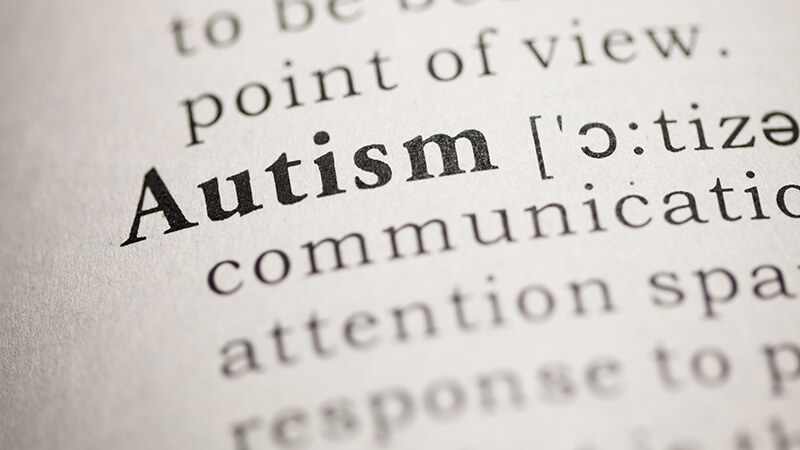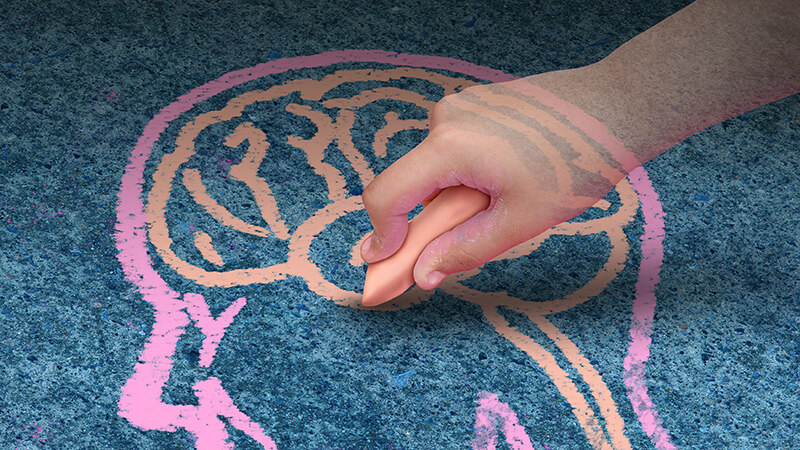Imagine a young boy named Alex, diagnosed with autism at age three. His parents noticed he had trouble making eye contact and would get overwhelmed by loud noises. They struggled to help him communicate his needs, often leading to frustration and meltdowns. With the right behavioral therapy techniques, Alex learned to express himself, regulate emotions, and navigate social situations. Now, as a young adult, he’s preparing for independent living with continued support from evidence-based behavioral therapy.
Autism affects approximately 1 in 36 children in the United States, according to the CDC. While every person with autism is unique, early intervention and consistent behavioral support can significantly improve communication, social skills, and daily functioning. Whether your child is newly diagnosed, entering adolescence, or transitioning into adulthood, using the right behavioral therapy techniques can make a lasting impact.
This article will explore 10 essential behavioral therapy techniques for autism support, breaking down how each can help at different life stages. These strategies can empower individuals with autism and their families, fostering independence, self-regulation, and social confidence.
1. Applied Behavior Analysis (ABA)

Best for: Early childhood to adulthood
Applied Behavior Analysis (ABA) is one of the most well-researched and widely used behavioral therapy techniques for autism. ABA focuses on reinforcing positive behaviors while reducing behaviors that interfere with learning and socialization. It uses structured teaching methods to encourage skills like language development, emotional regulation, and adaptive behavior.
For example, if a child struggles with communication, an ABA therapist might use positive reinforcement to reward attempts at verbal expression. A child may receive praise or a favorite toy after saying “more” instead of crying for more food. Over time, ABA helps individuals develop essential life skills, from self-care to job training, making it an effective therapy for people of all ages.
2. Social Skills Training (SST)

Best for: Childhood through young adulthood
Many individuals with autism struggle with understanding social cues, starting conversations, and maintaining relationships. Social Skills Training (SST) teaches them how to interact appropriately in different settings, such as school, work, or social gatherings. This therapy is especially important for young adults preparing for independent living and employment.
Therapists use role-playing exercises, video modeling, and structured practice to teach social norms. For instance, a child may practice greeting a friend, recognizing facial expressions, or maintaining eye contact. As they progress, they gain confidence and learn how to form meaningful relationships and navigate social situations independently.
3. Cognitive Behavioral Therapy (CBT)
Best for: Adolescents and young adults
Cognitive Behavioral Therapy (CBT) is an evidence-based approach that helps individuals with autism understand and regulate their thoughts, emotions, and behaviors. It is particularly useful for managing anxiety, obsessive behaviors, and emotional dysregulation—common challenges faced by people with autism.
For example, a young adult with autism who experiences social anxiety may learn to identify negative thoughts like “Nobody will talk to me.” The therapist helps them replace these thoughts with positive affirmations and teaches relaxation techniques, such as deep breathing and visualization. CBT helps individuals develop healthier coping mechanisms, making everyday interactions less stressful and more manageable.
4. Speech and Language Therapy
Best for: Early childhood through adulthood
Speech therapy helps individuals with autism develop verbal and non-verbal communication skills. Some individuals with autism struggle with speech delays, difficulty understanding language, or limited social communication skills. A speech therapist tailors interventions based on each person’s needs, whether it’s improving articulation, comprehension, or alternative communication methods.
For non-verbal individuals, speech therapists introduce alternative communication tools, such as picture exchange systems (PECS) or speech-generating devices. These methods allow them to express their needs and interact with others more effectively. For adults, speech therapy can help improve workplace communication, self-advocacy, and social interactions.
5. Occupational Therapy (OT)
Best for: Childhood through adulthood
Occupational Therapy (OT) helps individuals with autism develop fine motor skills, sensory integration, and self-care routines. Many children with autism experience sensory processing challenges, making activities like dressing, eating, or writing difficult. OT helps them become more comfortable with these tasks through sensory-friendly techniques and step-by-step guidance.
For example, an OT might introduce weighted blankets or textured toys to help a child adjust to new sensory experiences. Adolescents and adults benefit from OT by learning job-related skills, organization techniques, and independent living tasks. With ongoing therapy, individuals gain greater independence and confidence in managing daily life.
6. Sensory Integration Therapy
Best for: Childhood and adolescence
Sensory Integration Therapy focuses on helping individuals regulate their responses to sensory stimuli. Some individuals with autism may be hypersensitive to sounds, textures, and lights, while others may seek intense sensory input (e.g., spinning or jumping). This therapy helps them manage sensory challenges more effectively.
A therapist might create a personalized sensory diet that includes activities like brushing techniques, fidget tools, or exposure to different textures. These interventions help individuals stay calm, focused, and engaged in daily activities. By addressing sensory challenges early, therapy can improve school performance, social interactions, and emotional regulation.
7. Structured and Visual Support Systems
Best for: Early childhood to adulthood
People with autism often thrive in structured environments with clear expectations and routines. Visual supports like picture schedules, social stories, and visual task lists help individuals understand what’s expected of them. This technique reduces anxiety, frustration, and behavioral difficulties.
For example, a visual schedule with images of daily activities (e.g., wake up, eat breakfast, go to school) can help a child anticipate transitions. Social stories can prepare them for new experiences, like visiting the doctor. These tools promote independence and confidence in handling daily tasks.
8. Parent and Caregiver Training
Best for: All life stages
Parents and caregivers play a crucial role in reinforcing behavioral therapy techniques at home. Many therapy programs include parent training sessions to teach strategies like using consistent routines, positive reinforcement, and clear communication. Families that actively participate in therapy see better long-term outcomes.
For instance, a parent might learn how to redirect challenging behaviors using calm, structured responses. This training also teaches parents how to support social and emotional growth in everyday situations. When parents are equipped with the right skills, individuals with autism receive consistent support in all environments.
9. Functional Communication Training (FCT)
Best for: Non-verbal and minimally verbal individuals
Functional Communication Training (FCT) teaches individuals alternative ways to communicate when verbal speech is difficult. Some individuals with autism may struggle to express their needs, leading to frustration and meltdowns. FCT provides tools like sign language, PECS, or assistive technology to help them communicate.
For example, a child who cannot verbally ask for a snack can point to a picture of their preferred food instead. Over time, FCT reduces challenging behaviors and encourages meaningful interactions. This therapy is essential for enhancing social communication and independence.
10. Life Skills and Transitional Living Training
Best for: Young adults
As a young adult with autism approaches adulthood, learning independent living skills becomes essential. This includes training in budgeting, meal planning, job readiness, and self-advocacy. Therapists use task analysis (breaking tasks into smaller steps) to teach these skills effectively.
For example, learning to do laundry might involve separating clothes, setting the washing machine, and folding clothes afterward. These skills help individuals transition successfully into adulthood and gain independence. Life skills training is crucial for workplace success, social engagement, and daily self-sufficiency.
Key Takeaways
Behavioral therapy techniques for autism provide individuals with the skills they need to communicate, socialize, and live independently. Early intervention, structured support, and consistent reinforcement help individuals overcome challenges and thrive. By using evidence-based techniques, individuals with autism can develop essential life skills at every stage of life.
Families and caregivers play a vital role in reinforcing these therapy strategies at home. The more structured and supportive the environment, the greater the progress an individual can make. Investing in these techniques can significantly improve long-term outcomes and quality of life for individuals with autism.
How Can New Directions for Young Adults Help You?
If you’re looking for comprehensive behavioral therapy techniques for autism, New Directions for Young Adults can help. We specialize in life skills training, social coaching, and mental health support for young adults with autism. Our personalized programs focus on building independence, improving social skills, and enhancing overall well-being.
Located in Deerfield Beach, FL, we provide structured support to help young adults transition into independent living. Whether your child needs assistance with college readiness, job training, or emotional regulation, we offer the resources they need to succeed. Contact us today to learn how we can support your family’s journey.
Frequently Asked Questions
1. At what age should behavioral therapy for autism begin?
Behavioral therapy is most effective when started as early as possible, ideally before the age of five, but individuals of all ages can still benefit from structured intervention. Early intervention helps build foundational skills in communication, social interaction, and behavior regulation.
2. Can behavioral therapy techniques be used at home without a therapist?
Yes, parents and caregivers can implement behavioral therapy strategies at home by using consistent routines, positive reinforcement, and structured learning environments. However, working with a trained therapist ensures the techniques are tailored to the individual’s needs.
3. How long does behavioral therapy take to show results?
The timeline varies depending on the individual’s needs, consistency of therapy, and the specific techniques used. Some individuals show progress in a few months, while others may require years of ongoing support to develop and maintain life skills.
4. Is behavioral therapy covered by insurance?
Many insurance plans cover behavioral therapy for autism, especially treatments like ABA, speech therapy, and occupational therapy. Coverage depends on the provider, state regulations, and whether the therapy is deemed medically necessary.



